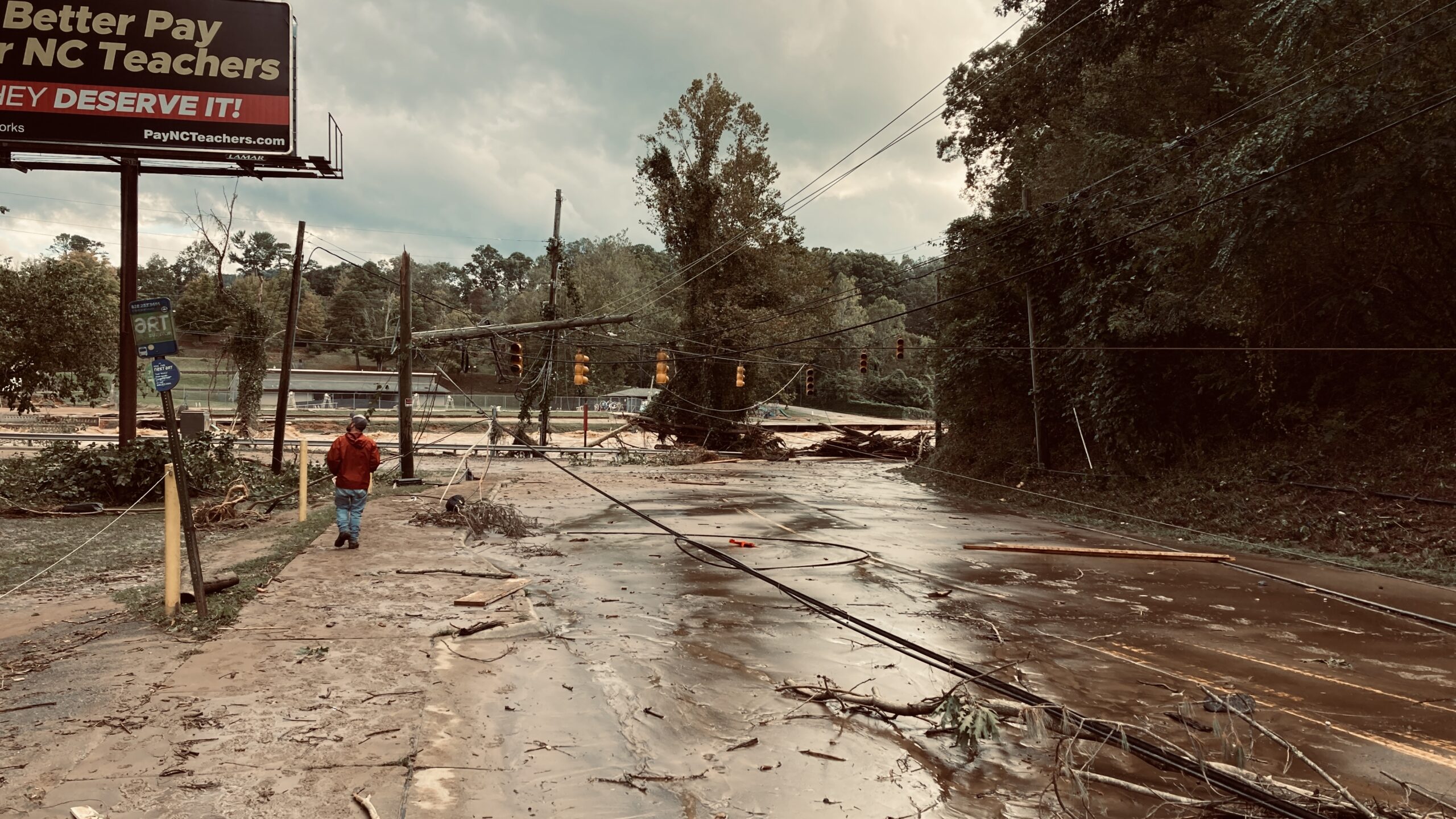
The aftermath of Hurricanes Helene and Milton serves as a stark reminder of the vulnerability of our power infrastructure. The unrelenting winds and torrential rain of these storms plunged millions into darkness, leaving communities struggling without power for long stretches and unable to be reached by emergency responders because of downed power lines. But amidst the debris and the rising floodwaters, a question looms: could this destruction have been mitigated? The answer lies in a strategy that could reshape our power future—undergrounding utility wires.
Confronting the Chaos: Why Undergrounding Is the Solution
When natural disasters strike, above-ground power lines are easily snapped, often collapsing under the weight of fallen trees or hurricane-force winds. Helene tore through power grids in the mid-Atlantic, leaving a swath of outages in its path. In Florida, Milton brought even more widespread power outages, leaving 3.4 million homes without electricity the morning after the storm. The chaos that follows these storms isn’t just a story of downed poles and snapped wires, but rather a story of lives disrupted, businesses shuttered, and emergency responders struggling to provide aid in a world gone dark.
But we at Scenic America imagine a different outcome—one where power lines lie safely beneath the ground, shielded from the weather above. Undergrounding these lines, especially vital transmission lines, is the key to making this vision a reality. When transmission lines fall or are disrupted by above ground elements, entire regions can be plunged into darkness. It’s not just burying the last mile that connects power to homes; we need to be fortifying the backbone of our system.
Hurricanes Helene and Milton: The Devastation Above, the Hope Below
The aftermath of Helene revealed the staggering long-term costs of an above ground power grid. Record numbers of people were left without power to grapple with historic damages and storm-battered homes, while utility crews waged a desperate battle to restore service. In these critical moments, the delay in getting the lights back on isn’t just inconvenient—it’s dangerous. With undergrounded transmission lines, the narrative could be different. Beneath layers of soil, insulated from the winds and rising waters, power lines could continue their silent work, delivering power when it’s most needed.
Then came Hurricane Milton, ravaging Florida’s coastlines and leaving behind a landscape of tangled wires and damaged infrastructure. Millions of Floridians lost power as the storm tore through the region. Utilities like Florida Power & Light, Duke Energy, and Tampa Electric struggled to restore electricity, contending with extensive damage that required days of effort. As communities faced the frustration of waiting long days and nights as crews toiled to rebuild what nature had torn apart, the scars of Milton highlight a powerful truth: we cannot keep rebuilding in the same way over and over again. Undergrounding offers a way to break this cycle, turning vulnerability into resilience.
A Future Built on Resilience
The alternative to strategic undergrounding, maintaining the status quo of rebuilding overhead power lines time and time again, is a future marked by darkness and destruction, where each new storm brings a fresh round of instability and uncertainty. Undergrounding, particularly for transmission lines, is an investment in stability that can weather any storm. It’s a decision that safeguards families, businesses, and emergency services, while also improving power companies’ abilities to operate in harsh weather conditions.
When we bury our power lines, we don’t just hide them from sight—we protect them from nature’s forces. In doing so, we preserve more than just our power grid. We preserve the abilities of communities to recover quickly and to rebuild their lives without the added struggle of prolonged power loss. We also actively preserve a sense of security, knowing that when the next storm comes, our power infrastructure won’t crumble so easily.
The Urgent Call for Change
The lessons of Hurricanes Helene and Milton are clear: the time for half-measures and ‘rebuilding’ has passed. As climate change continues to cause more frequent and intense storms, our power grid must be ready to face the challenge. Undergrounding transmission and distribution lines is not just a technical fix, but a promise to future generations that we won’t accept darkness as our fate.
Scenic America calls for a bold new vision, where our infrastructure matches the strength and beauty of our country. By embracing undergrounding, we turn the earth itself into our ally, shielding our power lines from the fury of the elements. It’s time to look beyond the wreckage of the past and imagine a future where even the fiercest hurricane cannot strip us of our power. Let’s build that future, one buried line at a time.